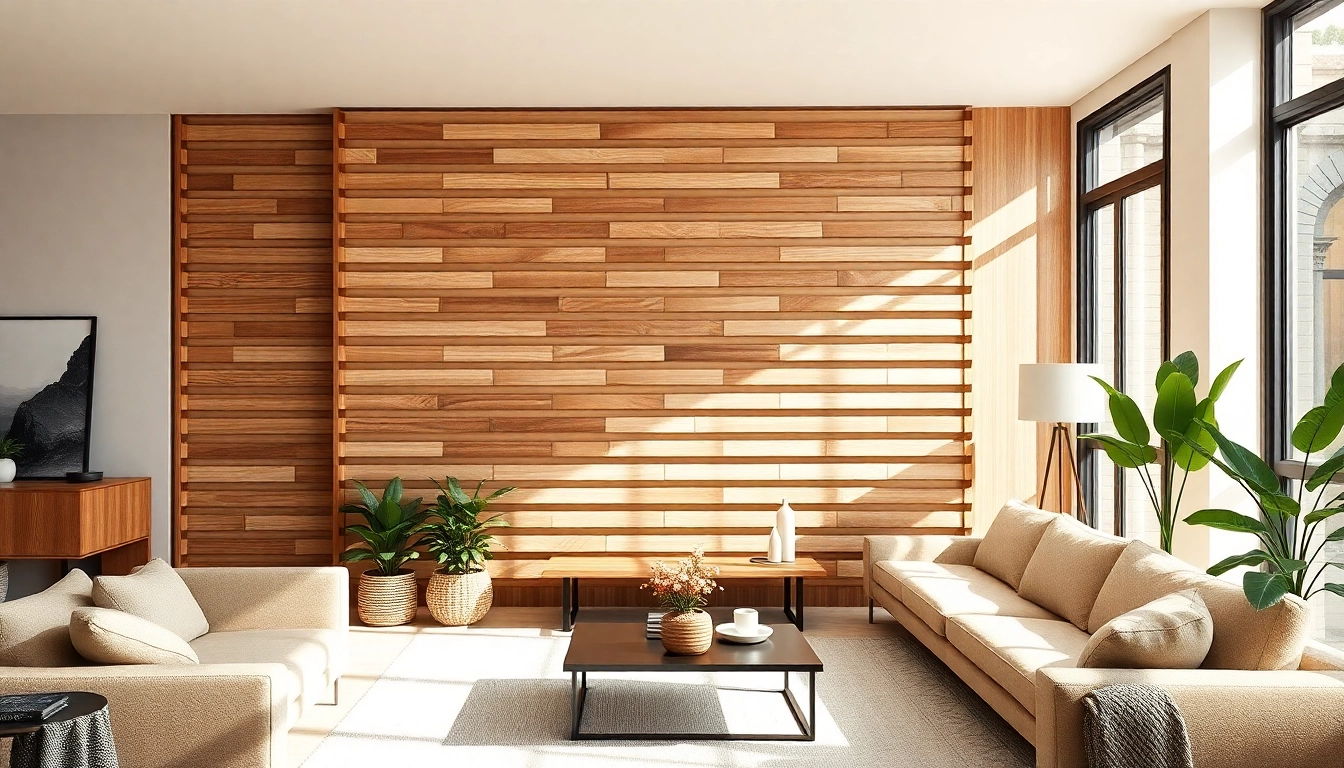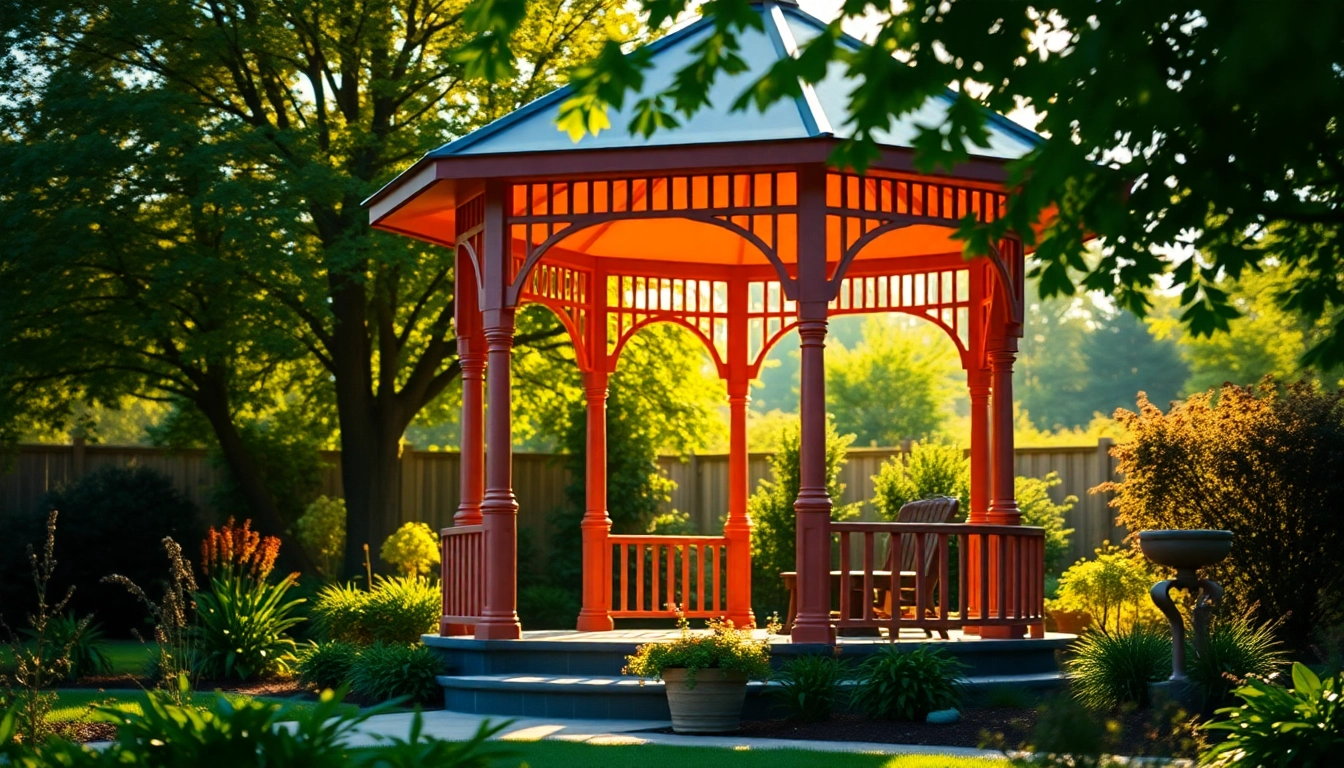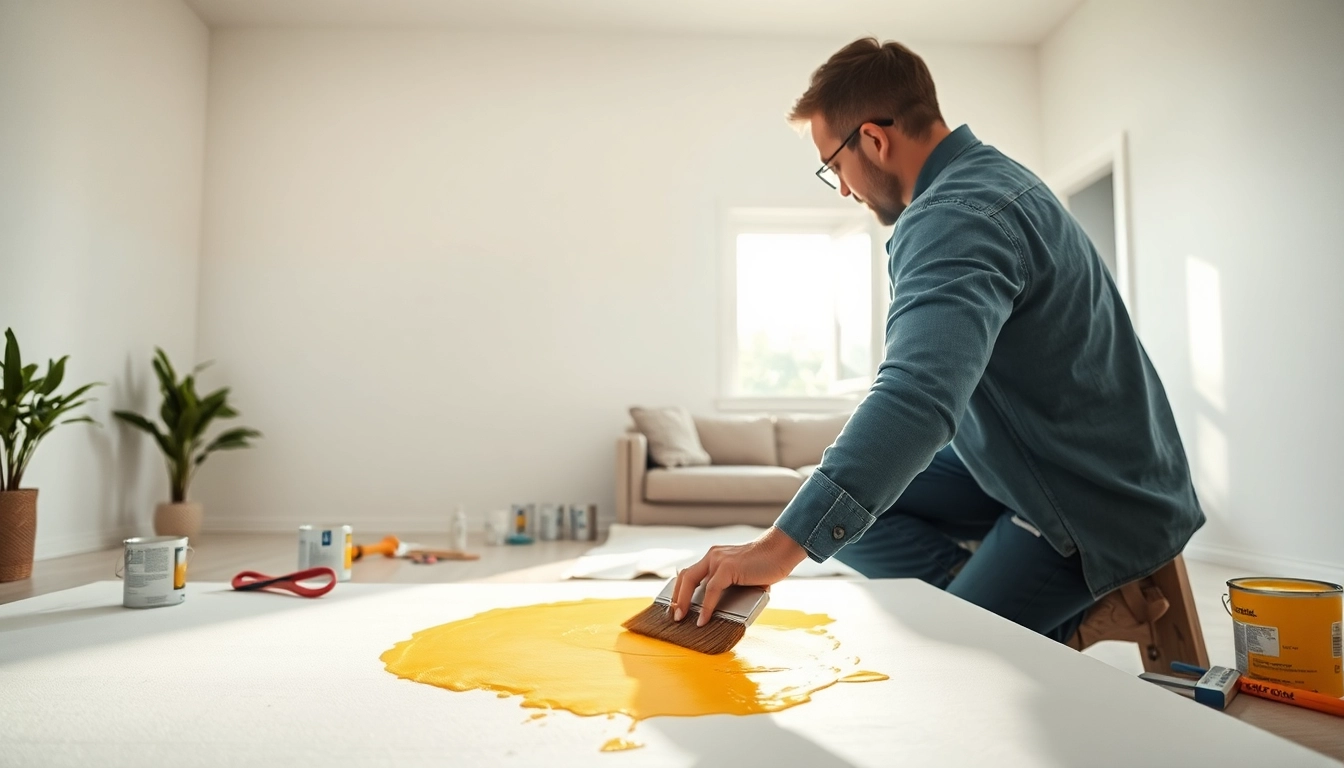Understanding Decorative Wood and Its Benefits
What is Decorative Wood?
Decorative wood refers to timber that is specifically chosen or treated for aesthetic purposes in interior design and architecture. This type of wood is utilized for enhancing the visual appeal of spaces, whether residential or commercial. Unlike structural lumber, which is primarily used for construction purposes, decorative wood is selected for its unique textures, colors, and patterns, making it an integral part of design elements such as furniture, wall panels, and cabinetry. By incorporating decorative wood into designs, interior spaces can achieve a warm and inviting atmosphere that resonates well with occupants and visitors alike.
The Advantages of Using Decorative Wood
Using decorative wood has numerous advantages:
- Aesthetic Appeal: Decorative wood is available in a variety of finishes, colors, and patterns, allowing for creativity and style in interior design.
- Warmth and Texture: Wood introduces natural elements to a space, creating warmth and a tactile experience that synthetic materials often cannot replicate.
- Durability: When properly maintained, decorative wood can last for decades, providing long-term value.
- Versatility: It can be used in various applications, such as wall panels, ceilings, and furniture, making it suitable for different design styles.
- Sound Absorption: Certain types of decorative wood, especially those used in acoustic panels, contribute to better sound insulation and improve acoustic quality in a room.
Applications in Interior Design
Decorative wood finds its place in numerous applications within interior design:
- Wall Treatments: Wood panels can frame a room elegantly, serving as focal points that enhance the overall décor.
- Ceiling Designs: Wood beams or slats can elevate the aesthetic of a ceiling, adding character and depth.
- Flooring: Wood flooring offers timeless beauty while providing comfort and sound insulation underfoot.
- Furniture: Tables, chairs, and cabinetry crafted from decorative wood bring sophistication and warmth to living and working spaces.
- Feature Walls: Incorporating decorative wood into feature walls can create stunning backdrops for art, media, and furniture arrangements.
Choosing the Right Decorative Wood for Your Space
Types of Decorative Wood Available
When selecting decorative wood, it’s essential to understand the various types available:
- Hardwoods: Species like oak, maple, and cherry are highly sought after for their durability and rich characteristics. Each type provides unique grain patterns.
- Sofwoods: Pine and cedar are lighter and easier to work with, making them popular choices for decorative uses, particularly in eco-friendly designs.
- Bamboo: Despite being a grass, bamboo is celebrated for its hardness and sustainability, offering an exotic aesthetic.
- Reclaimed Wood: This wood is repurposed from old buildings and structures, bringing history and character to new designs.
- Engineered Wood: Composed of layers of wood, engineered wood products can provide consistent performance and durability while offering various finishes.
Factors to Consider When Selecting Decorative Wood
Several factors should guide your selection of decorative wood:
- Purpose: Consider how the wood will be used—whether for flooring, wall coverings, or furniture, as this will affect the type of wood needed.
- Aesthetic Preferences: Evaluate color, grain, and finish to ensure the wood complements other design elements in the space.
- Durability: Assess the environment in which the wood will be used; areas with high traffic or moisture may require more durable options.
- Maintenance: Choose wood types that align with your willingness to maintain them; some might need more care than others.
- Budget: Cost can vary significantly; establish a budget early on to narrow down your options effectively.
Matching Styles and Themes
To achieve a cohesive look, matching decorative wood with existing styles and themes is essential:
- Modern: Sleek lines and neutral colors work well with lighter woods like birch and maple.
- Rustic: Varieties like reclaimed barn wood or distressed oak add a charming, weathered appeal.
- Industrial: Darker woods coupled with metal elements create the raw, unfinished look typical in industrial design.
- Traditional: Classic woods such as cherry or mahogany offer a rich, deep finish that enhances traditional home designs.
- Scandinavian: Light woods coupled with a minimalist approach emphasize simplicity and functionality, key features of Scandinavian aesthetic.
Installation Guide for Decorative Wood Slat Wall Panels
Preparing Your Space for Installation
Before installation of decorative wood slat wall panels, proper preparation of the space is crucial:
- Assess the Surface: Ensure walls are smooth, clean, and free from any damage. Repair any imperfections that could affect paneling.
- Select the Layout: Decide on the pattern and orientation of the panels, such as vertical or horizontal placement, depending on desired visual impact.
- Measure Accurately: Use a laser level or tape measure to mark guidelines on the wall for panel placement.
- Acclimate the Wood: Allow the wood panels to acclimate to the room’s temperature and humidity for at least 48 hours before installation.
Tools and Materials Needed
Having the right tools and materials on hand will streamline the installation process:
- Decorative wood slat panels
- Power drill
- Measuring tape
- Level
- Pencil or chalk
- Adhesive (if applicable)
- Finishing nails or screws
- Safety goggles
Step-by-Step Installation Process
Follow these steps for a successful installation of your decorative wood slat wall panels:
- Mark Guidelines: With a level, mark straight lines on the wall for where the slats will be installed.
- Pre-Drill Holes: If affixing with screws, pre-drill holes in the panels to prevent splitting the wood.
- Apply Adhesive (if required): For added strength, apply adhesive to the back of the panel before placing it on the wall.
- Align and Attach: Place the panel against the wall, ensuring it aligns with your marked guidelines. Secure it with screws or finishing nails.
- Continue Installation: Repeat the process for each panel, taking care to maintain consistent spacing and alignment.
- Finish Edges: Once installed, consider adding trim or moulding along the edges for a polished look.
Maintaining Your Decorative Wood Panels
Cleaning Techniques for Longevity
To preserve the beauty of your decorative wood panels, implement regular cleaning techniques:
- Dust Regularly: Use a soft cloth or duster to remove dust and debris from the surface to prevent buildup.
- Use Wood Cleaners: Apply specialized wood cleaners that do not contain harsh chemicals, as these can damage the finish.
- Avoid Excess Moisture: Be careful not to saturate wood with water; instead, use a damp cloth for cleaning.
- Wipe Spills Immediately: Clean up any spills promptly to prevent staining and damage.
Preventing Common Damage
Preventing damage to decorative wood panels requires proactive measures:
- Control Humidity: Maintain a balanced humidity level in the room to prevent warping or cracking of the wood.
- Place Furniture Carefully: Use felt pads under furniture legs to avoid scratches and indents.
- Avoid Direct Sunlight: Ultraviolet rays can fade the finish; consider window treatments to protect your wood panels.
- Regular Inspections: Periodically check for any signs of damage, such as scratches or loose panels, to address them promptly.
Re-finishing and Restoration Tips
If your decorative wood panels show signs of wear, consider these tips for refinishing and restoration:
- Light Sanding: Use fine-grit sandpaper to lightly sand the surface, removing any imperfections.
- Staining: Apply wood stain to refresh the color and enhance the wood grain. Test on a small area first.
- Sealing: After refinishing, seal the wood with a protective coating to prolong its life and simplicity of maintenance.
- Engage a Professional: If extensive damage is present, hiring a professional can ensure the quality of restoration.
Innovative Design Ideas with Decorative Wood
Creating Feature Walls with Decorative Wood
Feature walls utilizing decorative wood can become stunning focal points in any room:
- Accent Walls: Choose a single wall and install decorative wood panels in a unique pattern or color to draw attention.
- Integrated Lighting: Consider backlighting your wooden feature wall for a dramatic effect.
- If Reclaimed Wood: Use reclaimed wood for a rustic touch, telling a story while serving a practical purpose.
Incorporating Decorative Wood in Commercial Spaces
Commercial spaces benefit greatly from the use of decorative wood, enhancing both aesthetics and branding:
- Reception Areas: Creating a warm and welcoming reception area with wood paneling can positively influence first impressions.
- Conference Rooms: Wood walls provide a professional, sophisticated backdrop conducive to focused meetings.
- Retail Environments: Use decorative wood to create unique displays and fixtures that enhance the shopping experience.
Trends in Decorative Wood Design for 2024
The world of decorative wood is continuously evolving. Here are some anticipated trends:
- Biophilic Design: Incorporating natural elements to improve well-being, with increased use of wood to mimic nature.
- Mixed Materials: Combining wood with metals, glass, or stone for an updated, modern appeal.
- Sustainable Choices: Increased demand for eco-friendly sourced woods and finishes.
- Custom Patterns: Personalized paneling patterns that reflect individual style and preferences will gain popularity.
- Textural Innovations: Exploring three-dimensional textures in wood panels to create depth and intrigue in design.



